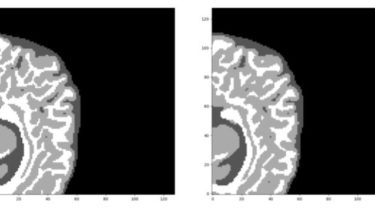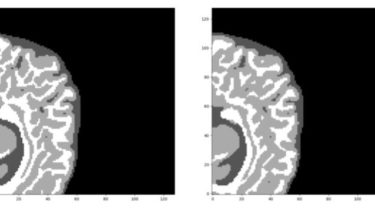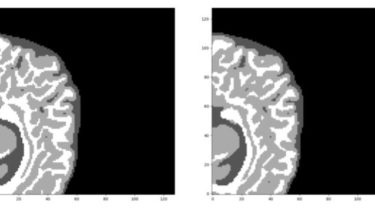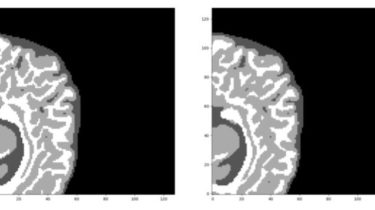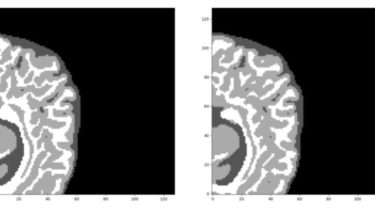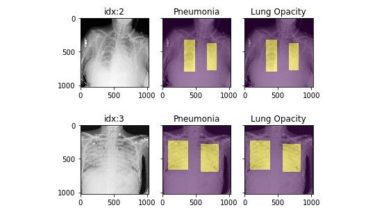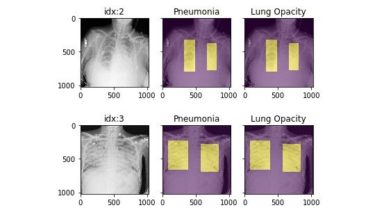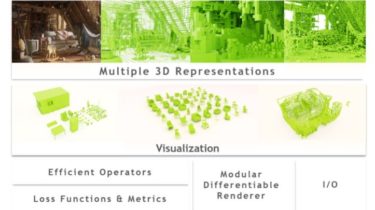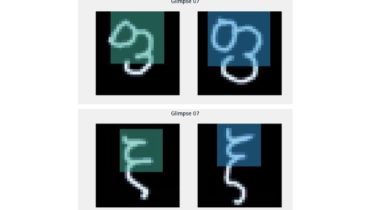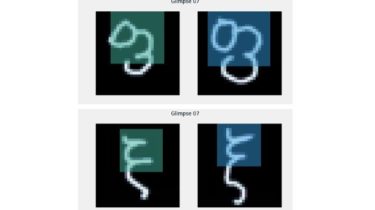Script for resizing MTD partitions on a QNAP device in order to be available to upgrade from buster to bullseye
As explained by Marin Michlmayr, Debian bullseye support on kirkwood QNAP devices was dropped due to [mainly] the limited size of the Kernel partition (2MB). Indeed, Bullseye current kernel image (vmlinuz-5.10.0-8-marvell) is 2445216 bytes long (2.3MB) In addition, partition for initrd is also limited (9MB) which may lead to space issues. Hopefully, some space is still unused for Debian in QNAP 16MB NOR flash. An additional 3MB Rootfs2 partition is used by original QNAP firmware for its own purpose (install […]
Read more